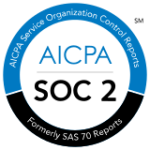
Best Practice
Ensure patients have a card on file. Then, simply ask if the balance can be charged.
Train staff on how to ask for a copay compassionately and effectively. Role-playing and scripting help staff become fluent in copay collection procedures. Monitor copay collection by staff member and provide support where needed.



